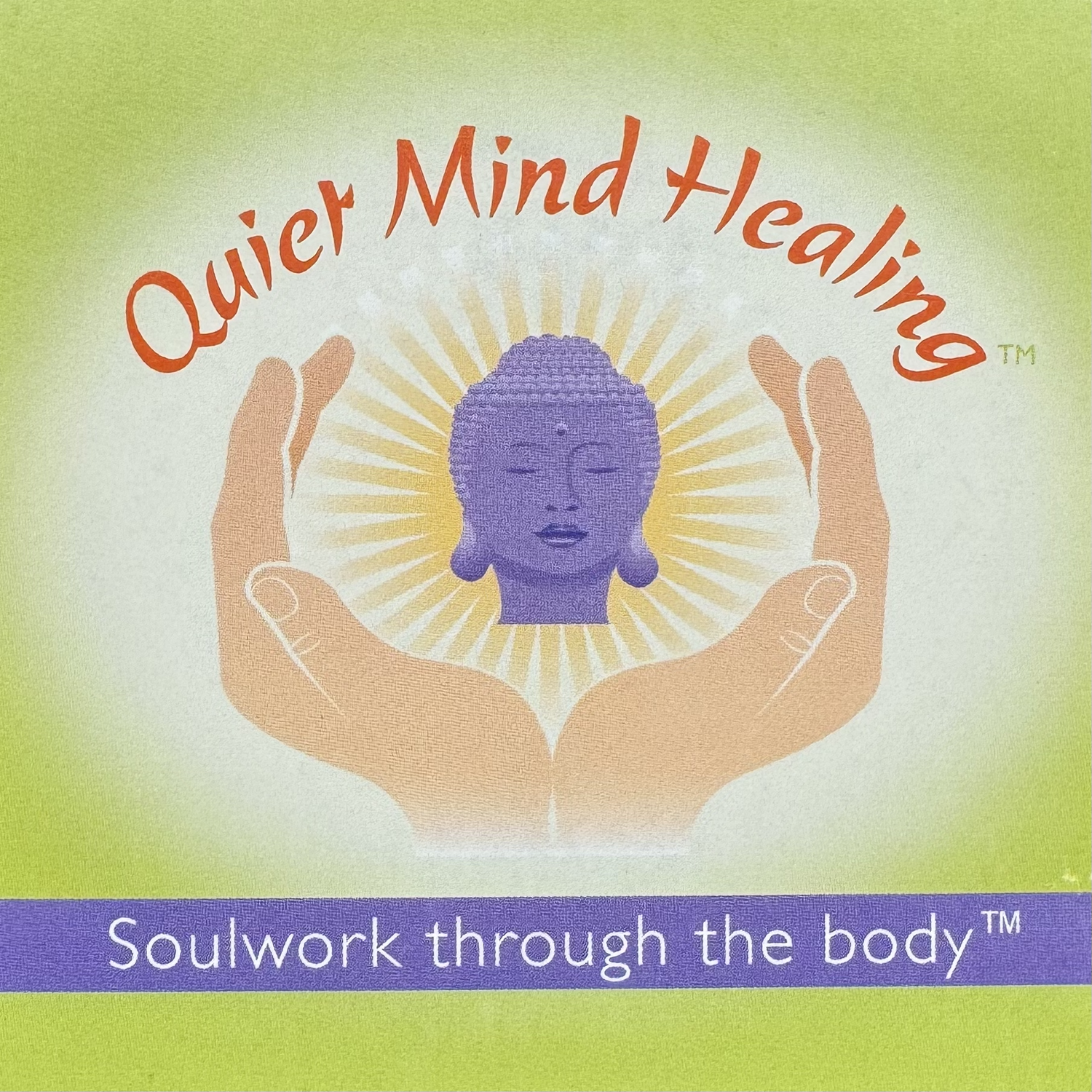Cannabis Therapy and Cannabinoids
Cannabis Therapy and Cannabinoids
CANNABIS THERAPY IS AN IMPORTANT DISCUSSION, AND ONE THAT IS ONLY JUST BEGINNING.
TOPICAL CANNABIS MEDICINES ARE SHOWING UP NOT JUST IN DISPENSARIES, BUT ALSO IN MASSAGE CLINICS AND PRIVATE HOMES. PATIENTS REPORT RELIEF FROM PAIN AND INFLAMMATION, DEEPER RELAXATION, AND MORE RESTFUL SLEEP. RESEARCH BACK IN THE 70’S PROVED CANNABIS MEDICINES TO BE ANTI-CANCER AND ANTI-TUMOR TOO.
i wish to clarify some common terminology that can be confusing, and make the information we find less than accurate, even downright confusing.
As a professional Bodyworker and Structural Yoga Therapist for 28 years, and now a practicing Herbalist too, i’m serious about finding and making plant-based medicines for optimizing human structure, movement and consciousness. As a Certified Cannabis Therapy Consultant in Northern California, i have met and learned from Cannabis MD’s, biologists, medicine-makers who lab test at every stage, and various healers on the forefront of the Medical Cannabis industry. That said, here are my clarifications on what i have read.
THE HUMAN SPECIES CO-EVOLVED ALONGSIDE MANY PLANT AND ANIMAL SPECIES THAT HAVE SUSTAINED US ALL ALONG. CANNABIS IS AS OLD AS TIME, AND HAS BEEN FOUND IN MUMMIFIED TOMBS AND RUINS ACROSS THE GLOBE. ITS HEALTH AND EVOLUTIONARY BENEFITS WEAVE THROUGHOUT THE HISTORY OF LIFE ON EARTH. OUR BRAINS AND BODIES NATURALLY MAKE THEIR OWN INNATE (ENDOGENOUS) CANNABINOIDS, AND WE EVEN HAVE RECEPTORS THAT ARE COMPATIBLE WITH THE CANNABINOIDS IN CANNABIS. COULD THAT REALLY BE A COINCIDENCE?
Cannabinoids are a class of neurotransmitters that improve health and communication in the body. Humans have two endo-cannabinoids: anandamide, which fits the CB1 receptor in the brain, and stimulates healthy cell growth; and 2-AG, which fits the CB2 receptors in the gut and nervous system, helping lessen pain, increase appetite and boost immune function. Close to a hundred cannabinoids have been identified in the cannabis plant, although only a few have been studied to date. The two best known are THC (Tetrahydrocannabinol) and CBD (Cannabidiol).
THC fits perfectly into CB1 receptors in the brain, where it repairs cell damage (“neurogenesis”), enhances creativity, and uplifts mood. Research since the 70’s, much suppressed, has proven that THC and its precursor THCa are anti-tumor and anti-cancer as well. CBD fits the CB2 receptors in our gut, brain and spine; calming our organs and nerves, and neutralizing the psychoactive effects of THC. CBD has an incredible track record as well with seizures, anxiety and pain. Its precursor, CBDa, inhibits cancer and tumor cell growth too. CBD potentates the therapeutic effects of THC, and vice-versa. All the cannabinoids interact synergistically.
Here, as in Nature, the whole is much greater than the sum of its parts. Although many pharmaceuticals are derived from plant parts, it is a gross error to extract one single chemical from Nature and expect comprehensive results. Without synergy, the benefits are dulled or even nullified. Each cannabinoid has so much to offer, and they interact together in ways that appear to relieve pain, reverse disease, and regenerate skin, nerve, bone, and muscle. Any risk of intoxication from the potentially psychoactive effects of THC is neutralized by the other cannabinoids. That said, CBD (Cannabidiol) is non-psychoactive, and fast becoming our cannabinoid market superstar to date, for pain, spasm, nausea, diminished appetite, seizures, insomnia, and overall immunity.
Some of the other cannabinoids currently being studied for pain, insomnia, tumors, cancers, nerve disorders, asthma and seizures are CBG, CBN, CBC and CBDV . Let me name these cannabinoids, along with some of their recognized benefits. (Notice that these long words sound much the same):
CBG = Cannabigerol (anti-bacterial, anti-fungal, anti-cancer, bone stimulant)
CBN = Cannabinol (anti-spasmodic, anti-inflammatory, sedative, sleep aide)
CBC = Cannabichromene (anti-inflammatory, anti-microbial)
CBDV = Cannabidivarin (bone proliferant)
i will end with some personal notes on topical cannabis application, and invite questions if clarifications are needed. My bodywork treatment specialty is structural and neurological recalibration, and i make my own herbal oils, tinctures, and salves. i now blend cannabis with other plants in some of my salves, and clients report that the analgesic effects are virtually instant. Longterm bodyworkers suffering hand damage might be amazed at the instant anti-inflammatory effect of cannabis-infused oils and salves on their hands and arms. Cannabis Salves have absolutely helped preserve my most overworked power tools: my own precious hands!
With respect, if i sense someone may have an ethical objection, i do not apply or even mention topical cannabis. There are many other nerve and tissue healing plants to discuss.
In closing, all plants have many chemical constituents, and here we have only covered cannabinoids. Cannabis contains abundant terpenes too, hence its unmistakable smell. Terpenes are tiny, richly resinous scent molecules with strong medicinal actions on health and disease. Terpenes penetrate the blood-brain barrier, acting directly on the central nervous system to create hormonal and biochemical change. Like cannabinoids, terpenes are finally being studied and taken seriously as medicine for these times. But that is a story for another time…
With Warm Blessings,
Yolanda Pritam Hari, NBCTMB
www.quietmind.com
http://www.cannabisknowledge.nl/showthread.php?523-Introduction-to-Granny-s-List
https://christiansagainstprohibition.org/node/701
http://www.cureyourowncancer.org


